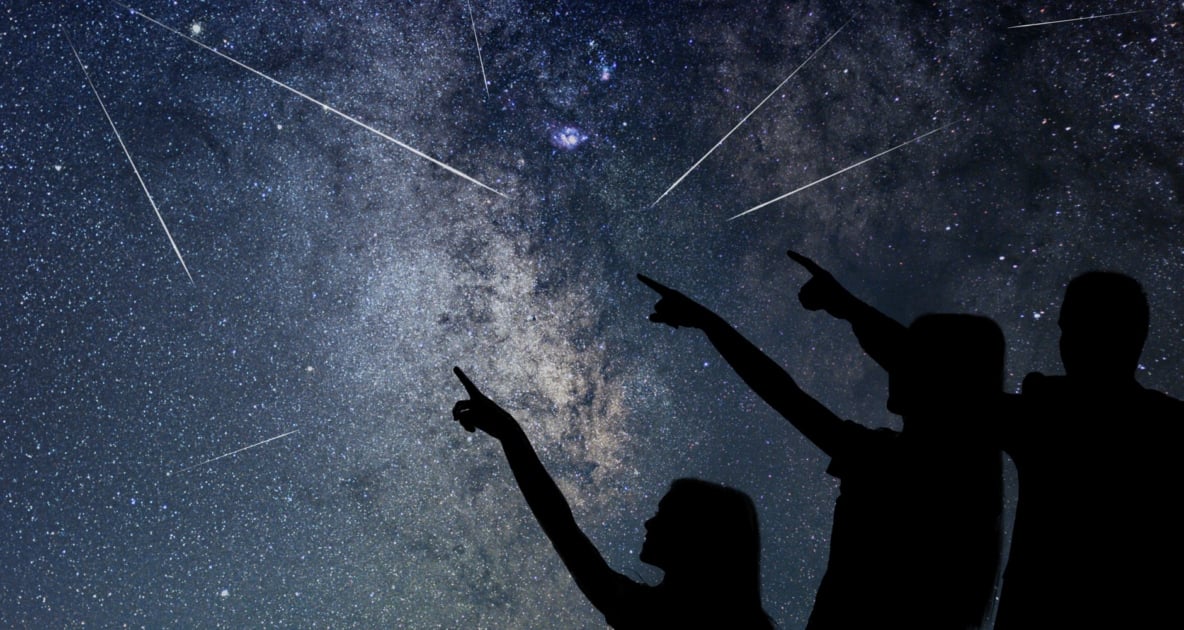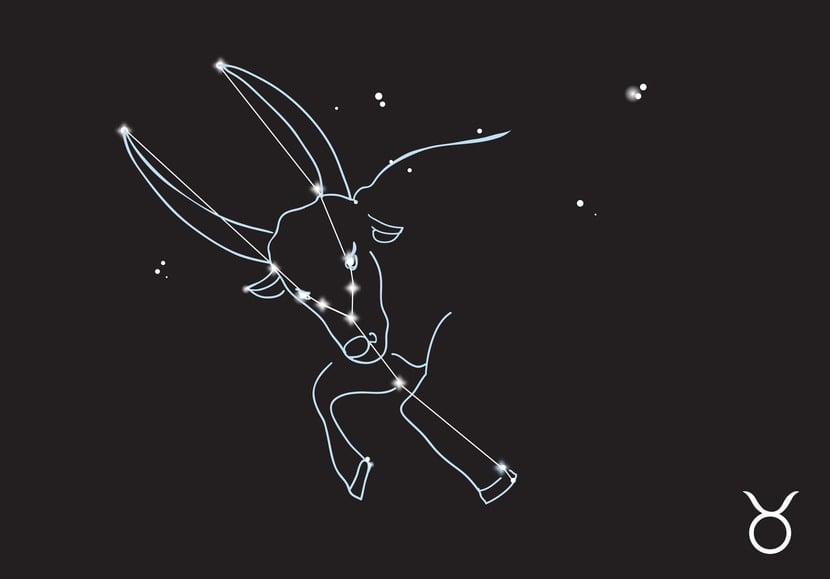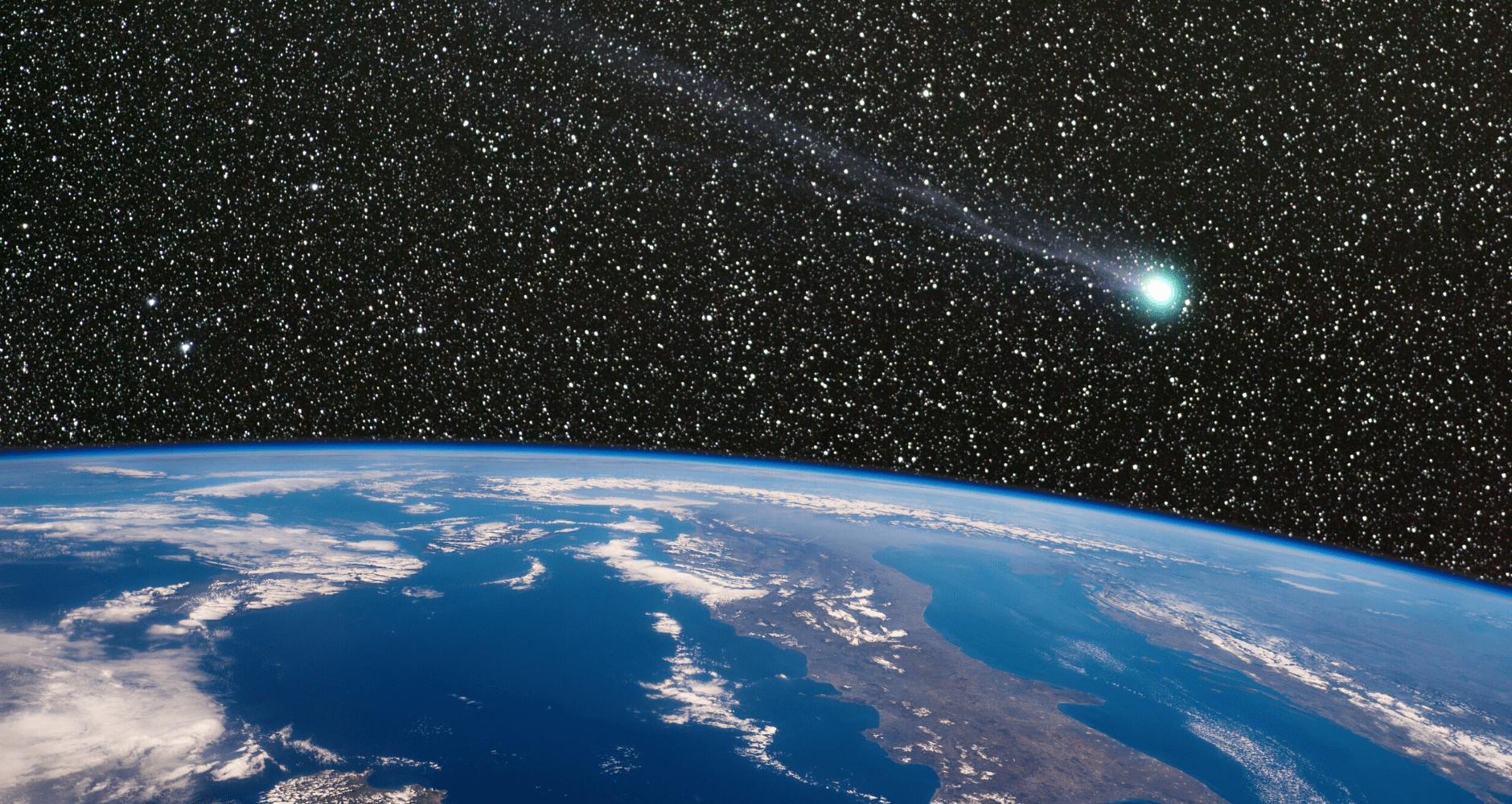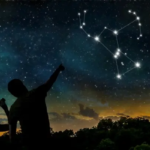How To See The Taurid Meteor Showers 2024

Curious when to catch a shooting star during the Taurid Meteor Shower 2024? We tell you everything you need to know! Have questions after reading our article? Ask us in the comments section below!
Three separate meteor showers occur during the month of November: The South Taurids, the North Taurids, and the Leonids.
What Are The Taurids?
The Taurids are named after Taurus because that is the constellation from which they appear to emanate (the “radiant”). The radiant point for the Southern Taurids (which last from about September 10—November 20 and peak during the late evening/early morning hours of November 2-4), is found in southern Taurus, while the Northern Taurids (which last from about October 20—December 10 and peak in the early morning hours of November 12–14), radiate from the northern part of the constellation.
The Taurids are unusual in that many meteors may be seen in the evening as the shower’s radiant (Taurus) is fairly high in the sky all night and crosses the meridian (high toward the southern part of the sky) about an hour before midnight.
They are the slowest of any of the major annual meteor showers, encountering the Earth at 17 miles per second. They are known to have many bright colors. The dominant color is yellow, but orange, green, red and blue fireballs have been recorded.
The Taurids are caused by the dust of the comet Encke (pronounced “EN-key”), credited to Johann Franz Encke, an 18th-century German astronomer.*
Details For The Taurid Meteor Showers 2024
How can you catch a shooting star during the Taurid Meteor Showers 2024? We suggest looking to the southern sky from November 5-12.
This year the Moon’s phase is generally favorable for observing these meteors. On November 5, the Moon sets at around 7:20 p.m. local time, and by the morning of the November 12, it stays up until about 2:30 a.m.
Observers can also take advantage of the unusually long duration of the shower—Earth takes at least two months to traverse the Taurid stream, believed to have become diffuse over the centuries because of its great age.
What Are Meteor Showers, Exactly?
To understand meteor showers a bit better here’s a simple explanation: As a comet travels through space, it releases a trail of dusty material, essentially, a “river of rubble.” So even though the comet itself may be far from the Earth, every time the Earth sweeps across that comet orbit (which in the case of the Taurids, it does every November), it encounters that rubble river again. And when those tiny bits ejected by the comet ram into our atmosphere, they create the “shooting star” effect.
The “river of rubble,” which we know more familiarly as “meteors,” or “shooting stars” are made up of metallic or stony particles that become visible when they plunge through our atmosphere. Though 100 million or more strike our atmosphere every 24 hours, those particles that are larger than dust are usually vaporized long before they can ever get close to the Earth’s surface. The average meteor is estimated to weigh only 0.0005 ounces.
* Astronomer Joe Rao tells us, “Encke did not discover the comet; it was actually discovered several times by other observers, but Encke was able to “tie together” those apparitions and prove that all those comets were actually one and the same. It was only the second comet to have its orbit accurately determined (the first was Halley’s), so to honor this achievement Encke was honored by having the comet named for him. Interestingly, however, Encke always referred to the comet as “Pons” (one of the observers who previously discovered it). Encke spent about 40 years of his life checking and refining the orbit of his comet, yet up till the time he died, he never took the time to look at it through a telescope. A desk man to the end!”
Join The Discussion
Have you ever seen a shooting star during the Taurid Meteor Showers?
Share your experience (and photos!) in the comments section below!
Related
Learn about November’s other meteor shower, the Leonids!
This article was published by the Staff at FarmersAlmanac.com. If you have any questions about this article, please leave a comment for one of our experts. Priority is given to our Members, but all are welcome! You may also write in with your article ideas: [email protected].









We were fortunate to see the Leonids shower from Maui a few years ago while on vacation. We got up around 3am and saw close to 100 per minute falling above us. It was the most beautiful and fascinating thing I have ever witnessed.
I only ask because it says above that it’s active from the 5th through the 12th
I’m new to all of this, will there be meteors tonight to be seen if I go to the beach?
I think I saw one the other night kinda freaked me out a little at first
On 02 November, I saw a blue/white tailed shooting star. It’s duration being the longest & brightest I’ve ever beheld in my 45 years of dark sky reverence. I shared the sighting on my fb page & a fan commented “it must be one of the Taurids”. !!!! I found your post & shared it the next evening & then headed out with my dogs; sure enough, I saw another & of course was thrilled, as you said, to see this ” fireball”. It”s trajectory & coloring were similar. I made wishes each time. I just wanted to thank you for the “sharable” information. http://www.fb.com/healthycreatureswisdom Thanks & Loves The Old Farmer’s Almanac !!!
That’s so lovely made me smile 😊